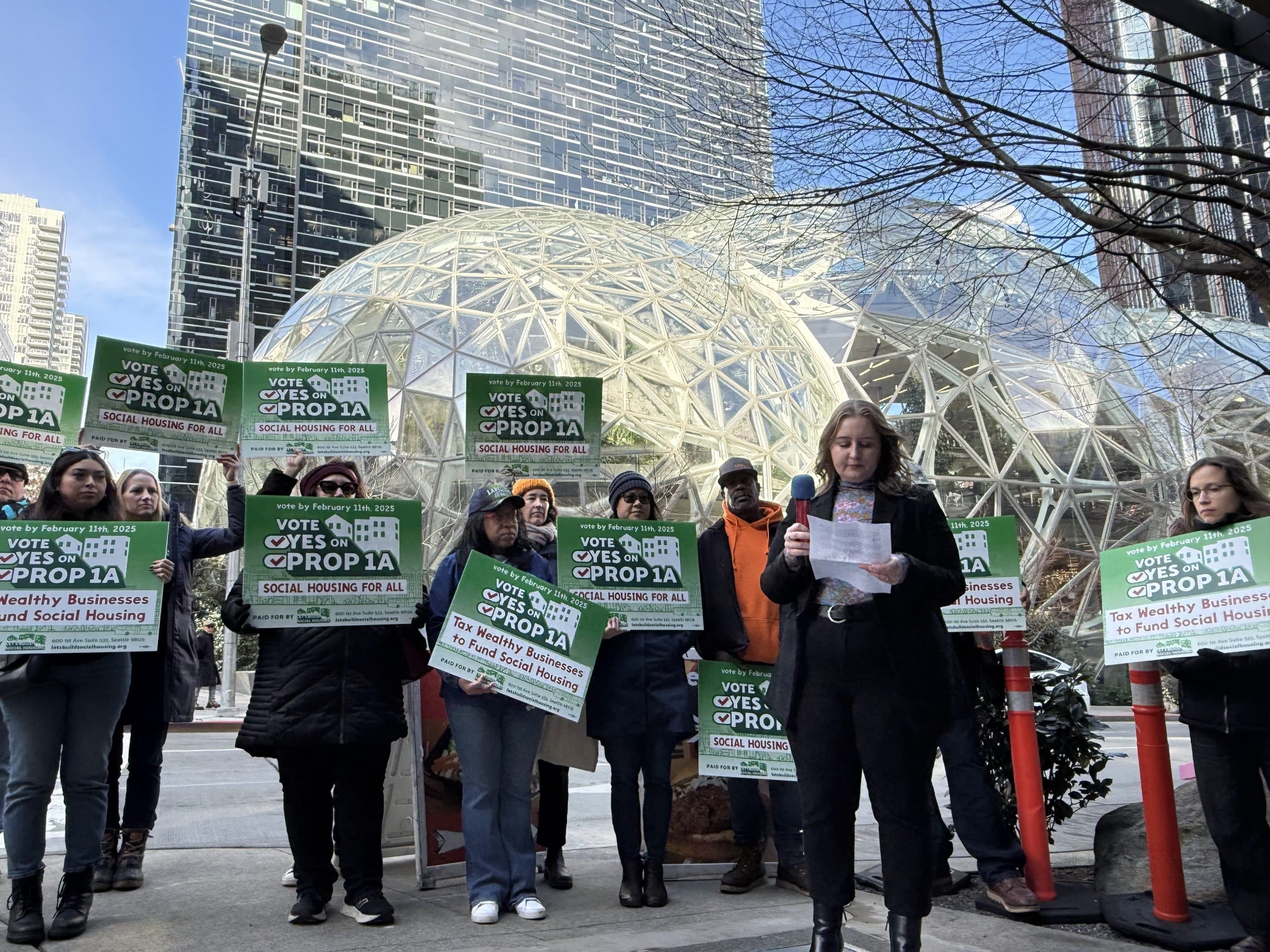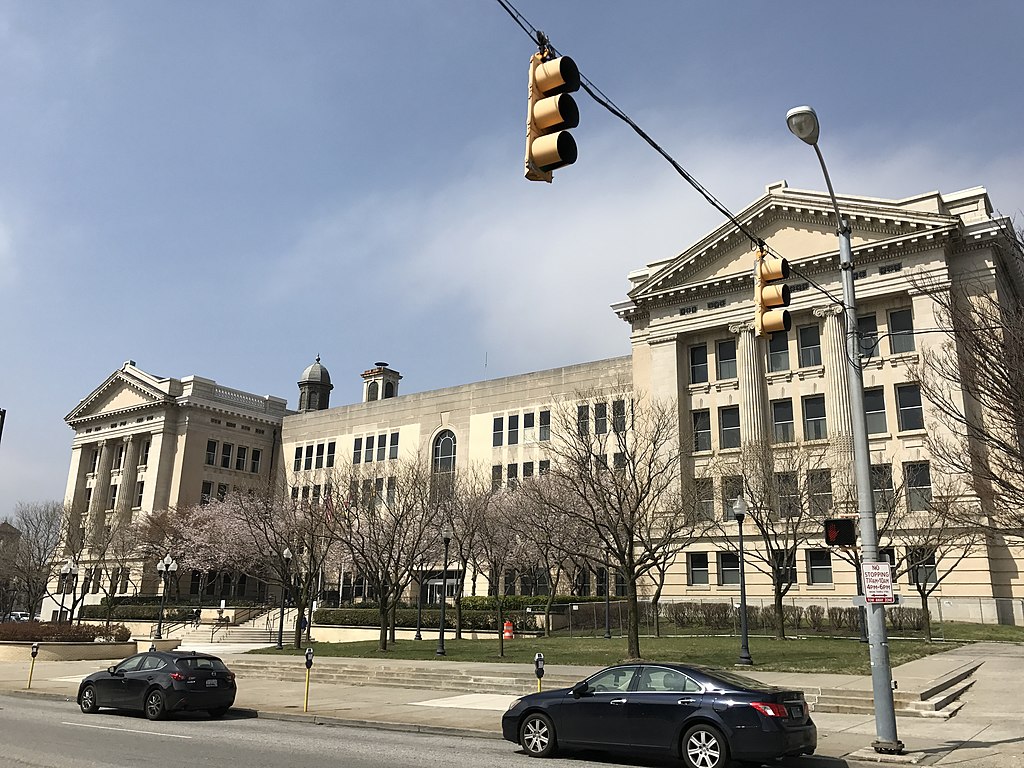
Image credit: wewon31 via flickr, CC BY-ND 2.0
The 2016 State of the Nation’s Housing Report published by Harvard’s Joint Center for Housing Studies once again points to the continued worsening of rental housing affordability as a significant societal issue calling for a more concerted response.
Citing recent data from the American Community Survey, the report found that the number of renters facing housing cost burdens (i.e. paying more than 30 percent of their income for housing costs) hit another record high of 21.3 million, which is just about half of all renter households in the nation. More concerning, the number of people facing severe cost burdens (devoting more than half their income to housing), also reached a new record of 11.4 million.
The report documents how the affordability crisis is getting new and greater policy attention, particularly at the state and local level. Indeed, with federal response failing to keep up with the need, a growing number of state and municipal governments have been taking matters into their own hands in attempts to add to the supply of affordable housing.
A Creeping Problem
Affordability problems are nearly universal for the lowest income households. For those making $15,000 per year—roughly the equivalent of full time work at the federal minimum wage—83 percent are housing cost burdened. For most of these households, the level of burden is severe, with 72 percent of the lowest-income renters and 66 percent of the lowest-income owners paying over half their monthly household incomes towards housing.
But cost burdens are not limited to low-income households. They are increasingly climbing up the income scale to reach more and more moderate-income households. While the share of renters facing cost burdens has risen across all income groups, nationwide, burden rates for renters earning $30,000-$45,000 per year actually increased more rapidly over the past decade than rates for those with lower incomes. This trend is particularly strong in high-cost metros. In the ten highest-rent metros, renters with incomes between $45,000 and $75,000 per year have an average cost burden rate of 49 percent.
Indeed, housing cost burdens are prevalent throughout the country. More than half of all renter households are cost burdened in 138 metros (out of 383) in 2014, up from 91 in 2006. Rural areas are not faring much better, with a combined 41 percent of all renters living outside of metros facing rent burdens in 2014. And as headlined in a recent research report by the National Low Income Housing Coalition—no county in the nation has a fair market rent for a one-bedroom apartment that is affordable to someone working full time at the federal minimum wage.
Facing such growth in need, the supply of federally assisted rental assistance has not kept up with demand. According to HUD’s Worst Case Needs reports, there is a growing gap between the number of very-low income renters eligible for rental assistance and those who receive it. Since 1993, the number of very low income households increased by 3.8 million, while assistance levels have increased by just 532,000 renters. Today, rental assistance reaches only 26 percent of income-qualified renter households.
While there is a pressing need to expand the supply of assisted housing, there is also a great need for resources to maintain the current supply of federally-assisted housing developments that reach the end of their affordability periods each year. According to tabulations from the NLIHC’s National Housing Preservation database, affordability restrictions will expire on nearly 2 million federally assisted rental units over the next 10 years. While the majority of affordability restrictions are extended, extensions require additional funding. Congress has increasingly offered annual renewals of contracts rather than long-term agreements, which increases the risk of conversion as property owners face uncertainty about future financial supports.
The LIHTC program is often a critical source of capital for the preservation of existing subsidized housing, limiting how much it can be used for new production. Preservation and new construction efforts have also relied a great deal on funding through the HOME program to extend assistance to households falling below the 50 percent of area median income standard in the LIHTC program. However, taking inflation into account, there has been a 55 percent decline in HOME funding over the past decade, further constraining efforts to preserve and expand housing assistance to lowest income households.
With federal programs struggling to maintain the current level of service, let alone raise it, state and local governments are increasingly working to find ways to expand the supply of affordable housing in any way they can.
At the state level, the Technical Assistance Collaborative data show 30 states offering state-funded rental assistance, ranging from $5 million in Delaware to $83 million in Massachusetts. While not insignificant, resources for state funded assistance programs are not nearly enough to supplant federal assistance and are also commonly designed to be temporary supports for renters until they can secure more permanent federal rental assistance programs.
State programs are also highly targeted to help low-income individuals with mental illness or disabilities or who are homeless or at-risk of homelessness, rather than low-income households in general. Still, more and more states are looking to such programs to further meet their affordable housing needs.
City-level programs are also becoming numerous. The National Low Income Housing Coalition has compiled a new database of state and city funded rental housing programs in an effort to better understand the extent to which cities and states are using their own resources to independently fund low income rental housing programs apart from any federal funding they may receive.
This unique database documents 242 state programs and 71 city programs, split between those offering rental assistance to tenants and those that are production programs for building or renovating affordable housing. Examples of such programs include that in Seattle, where residents recently approved a seven-year $290 million property tax levy that will be used to create or preserve an estimated 2,150 affordable homes across the city. Austin, Texas authorized general obligation bonds in 2006 and 2013 that raised a total of $120 million specifically for financing affordable housing projects.
The city-level response has also included a renewed interest on inclusionary zoning. According to a 2014 report by the Lincoln Institute of Land Policy, inclusionary housing programs—aimed at requiring new developments to set aside a certain number of units as affordable—now exist in over 500 local jurisdictions. However, the ability of these programs to add affordable units depends highly on the structure of the program and the strength of the markets they are in. Areas with high demand for new housing offer more opportunities to leverage the value of market-rate units. Montgomery County’s ID program, a mandatory program in a high-growth area, has produced about 13,000 units since implementation in 1974, and is an example of where such a program can result in the production of a relatively significant number of affordable units over time.
Overall, however, inclusionary programs have not increased the supply of affordable housing much. Estimates from the Lincoln Institute suggest that inclusionary programs have produced a total of between 130,000 and 150,000 units nationally since the 1970s. One factor that has held back the number of units produced is that many programs are voluntary in nature, another is that many programs have had loopholes like cash-out fees (contributions in lieu of providing on-site units) that have not been sufficient to cover the costs of new affordable development elsewhere.
However, cities are also making adjustments to their inclusionary programs to make them more effective. New York City recently replaced its voluntary inclusionary housing policy with a mandatory program that is now considered one of the largest and most ambitions programs in the country. Boston also recently adjusted its mandatory Inclusionary Development Policy program by increasing the fees developers pay to avoid building on-site units to both encourage on-site units and acknowledge that current per-unit fees did not adequately cover per-unit costs of building affordable housing off-site.
As to the adequacy of response relative to the need, it is clear that participation by all levels of government—federal, state and local—is necessary for resolving our nation’s housing affordability problems. It is encouraging that after an eight-year delay, HUD allocated $174 million states this year through the National Housing Trust Fund to build, preserve and rehabilitate the supply of housing affordable to the lowest-income households. Local-level actions such as inclusionary zoning changes are promising, but have produced only a fraction of the affordable housing that’s needed. For example, according to a 2015 Boston Globe article, the city of Boston’s IDP program has financed a total of 3,600 apartments and condos in its 15 year history, yet according to the ACS data from Factfinder, the city had 55,669 low-income renter households (earning less than $35,000 per year) burdened by paying 30 percent of their incomes or more on rent at last count in 2014.
While local and state resources are increasingly stepping up as federal funding continues to be strained, it remains a question as to whether their actions and resources will be enough to meet the need, and if not, whether the federal government will reconsider its commitment to address the pervasive and growing problem of housing affordability for literally millions of U.S. households.




Comments